Making Star Trek VI: The Undiscovered Country
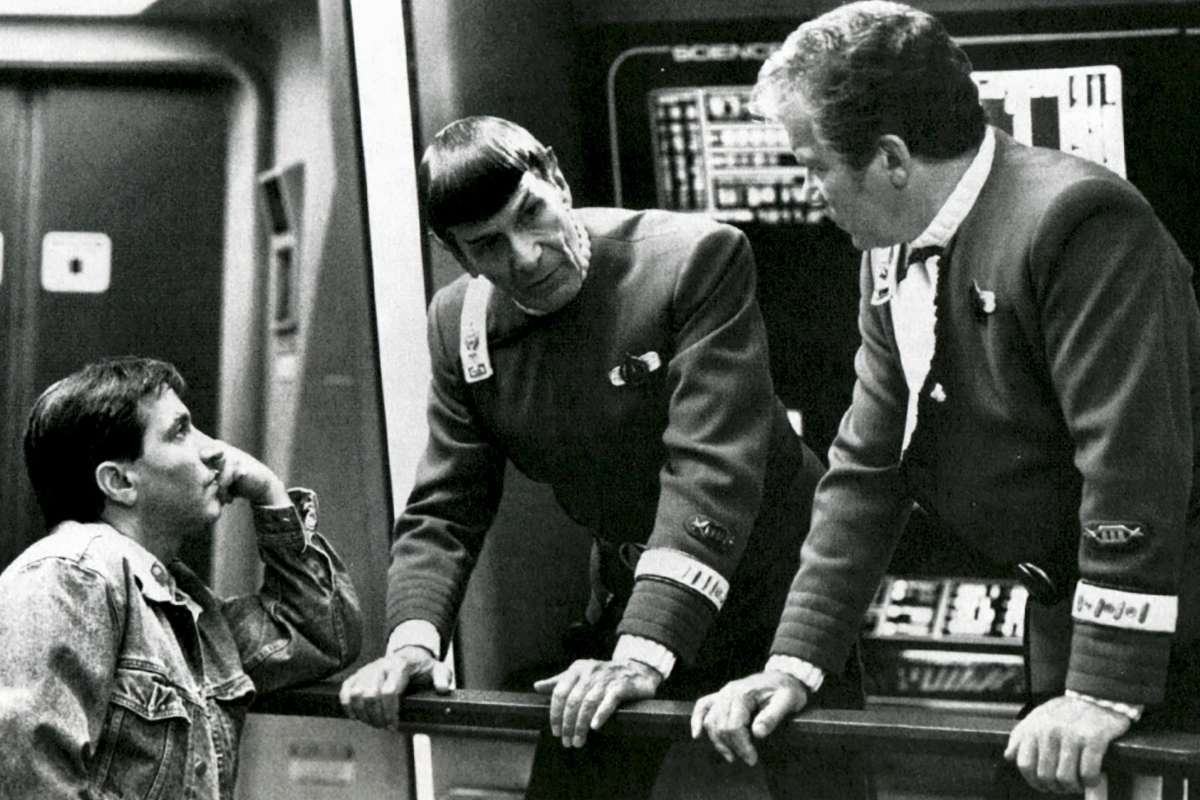
The sixth Star Trek feature — the last to include all the regulars from The Original Series — marked Nicholas Meyer’s return to the director’s chair and his grittier take on the Star Trek universe. The Enterprise once again reflected a more militaristic design sensibility.
Although Meyer had pushed for and succeeded in giving Star Trek a visual overhaul when he co-wrote and directed The Wrath of Khan, this time even he felt constrained by what had become established:
There are certain things about Star Trek that are immutable. You don’t change them, or you can only change them in very limited, cosmetic ways.
Prequel
At first, Harve Bennett, who had produced every Star Trek film since The Wrath of Khan, went back to the idea of a prequel that had been raised by Ralph Winter for Star Trek IV five years earlier. He and The Final Frontier writer David Loughery wrote a script entitled The Academy Years, also known at some point as The First Adventure, which would have seen the familiar characters played by younger, and less expensive, actors.
Gene Roddenberry and Martin S. Davis, the CEO of Paramount’s parent company, rejected the idea. With the twenty-fifth anniversary of Star Trek only one year away, the studio turned to Meyer and Leonard Nimoy to quickly come up with an appropriate adventure, using all the original actors.
Cold War
Meyer recalled in an interview with the official Star Trek website in 2014 that it was Nimoy who came up with the idea of using the end of the Cold War as inspiration:
He had an idea, the germ of an idea of how to make Star Trek VI. Basically, as he put it, “The wall comes down in outer space.” The wall had just come down in Berlin. As he explained to me, the Klingons had always been Star Trek’s stand-in for the Russians. If there was no more Soviet Empire, as there was no more Klingon Empire, who am I? Who am I if I have no enemy to define me?
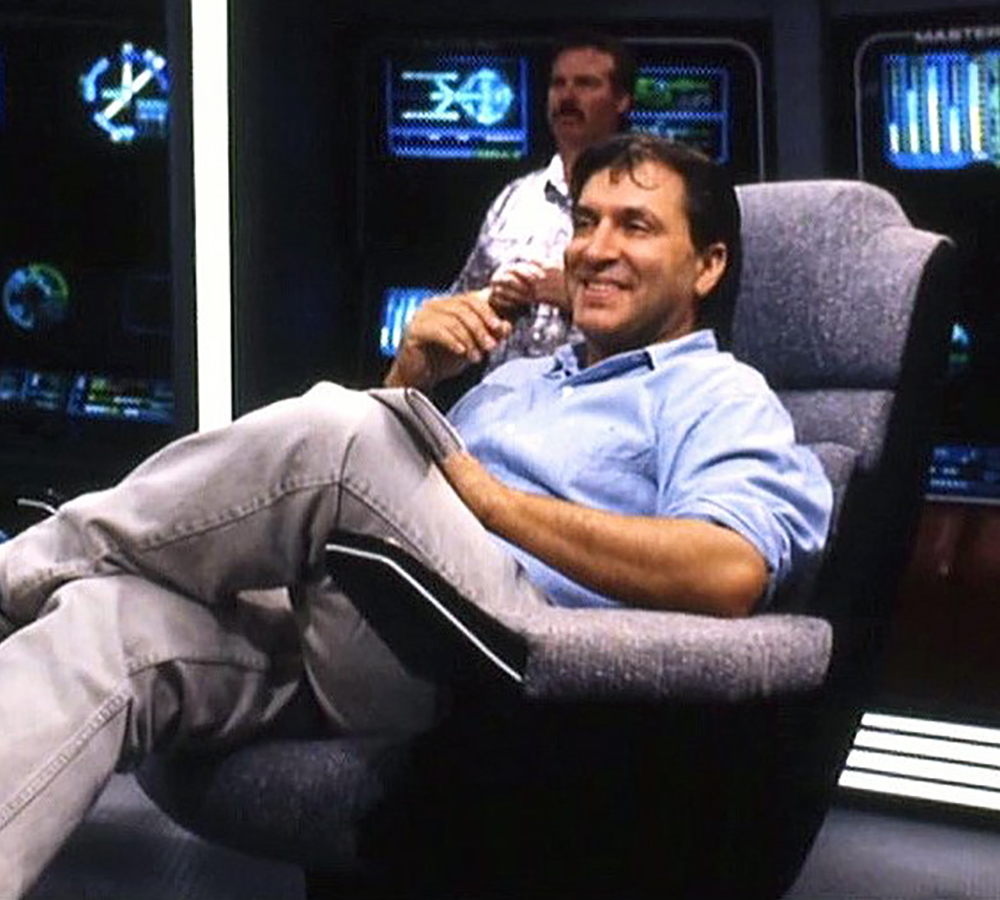
Meyer hashed out the details with Denny Martin Flinn, originally a theater man who had gone into writing mystery novels and who had worked as Meyer’s assistant for the preceding four years.
Flinn told Cinefantastique in 1992 that he felt Star Trek failed when it relied too much on science fiction. “Maybe that’s part of why nobody likes Star Trek I and V very much.” The trick was capturing the “wagon train to the stars” spirit Roddenberry had pitched to NBC almost thirty years earlier.
Star Trek is best when it’s a morality play. That’s what Gene called the original episode. So when Leonard came up with the idea that the Klingons could stand in for the Russians, and we could deal with the end of the Cold War, we were home free in terms of fundamentals that we knew worked.
But contrary to Roddenberry’s vision, Meyer and Flinn weren’t afraid to show the Starfleet crew as flawed. Kirk in particular displays bigotry toward the Klingons, whom he can’t forgive for killing his son.
But he was intelligent enough to ask what does the future have to offer? Maybe peace isn’t wrong? I think we were lucky to be able to see Kirk as a man who, if he was rigid, at least recognized his own rigidity. It allowed us to create a character that, in essense, was a spokesman for the uncertainties and the whole idea of the undiscovered country. The idea of the future being scary really got nailed down because we had a character that could say that.
Shatner agreed:
The portrayal of Kirk attempts to show a man who has spent a lifetime imbued with the idea that his mission in life is to subdue, subvert and make the enemy submit to his nation’s or his Federation’s view. That’s his whole training, a military training. He learns differently, and that is the classic dilemma that Star Trek has sough to present in its most successful shows.
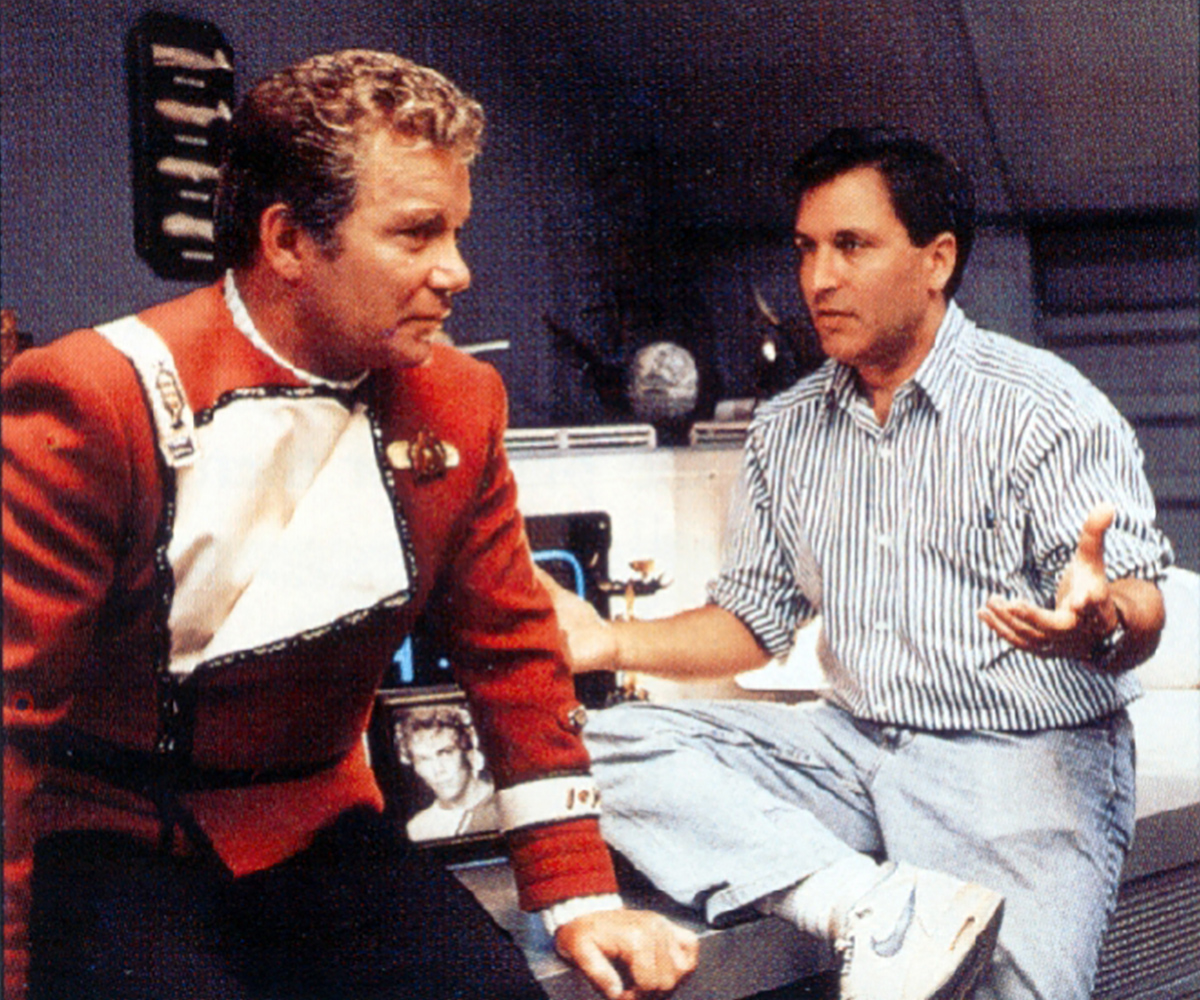
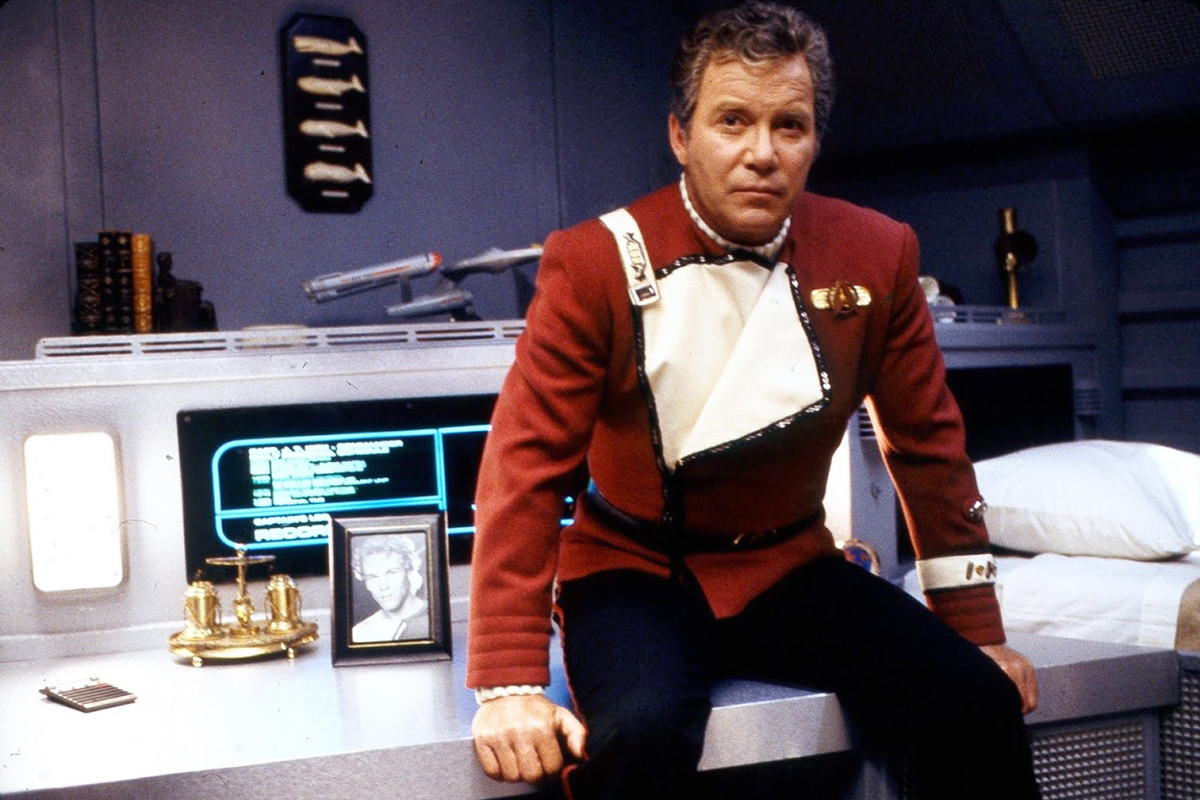
But the actor felt there was one scene in which Meyer and Flinn had gone too far. When Spock pleads with his captain that the Klingons are dying, a vicious Kirk says, “Let them die!” Shatner writes in his Star Trek Movie Memories that the camera originally stayed with Kirk, who made a dismissive gesture to suggest he didn’t really mean it. Meyer cut that part from the film.
Cuts
It took eleven months to get Star Trek VI done, a breathtaking pace for Hollywood.
The rushed production, and a limited budget, did mean there were casualties. There was no money to build, or rebuild, all-new sets, so many had to be borrowed from The Next Generation. The Enterprise-D’s observation lounge was tweaked to become the Enterprise-A’s dining room. Engineering and sickbay were used unchanged. (The sickbay scene was shot virtually in the dark, so viewers couldn’t tell it was really The Next Generation’s.) The bridge had only been partially built for Star Trek V and needed to be redressed in darker colors anyway to reflect Meyer’s tastes. The only new Enterprise set was the galley.
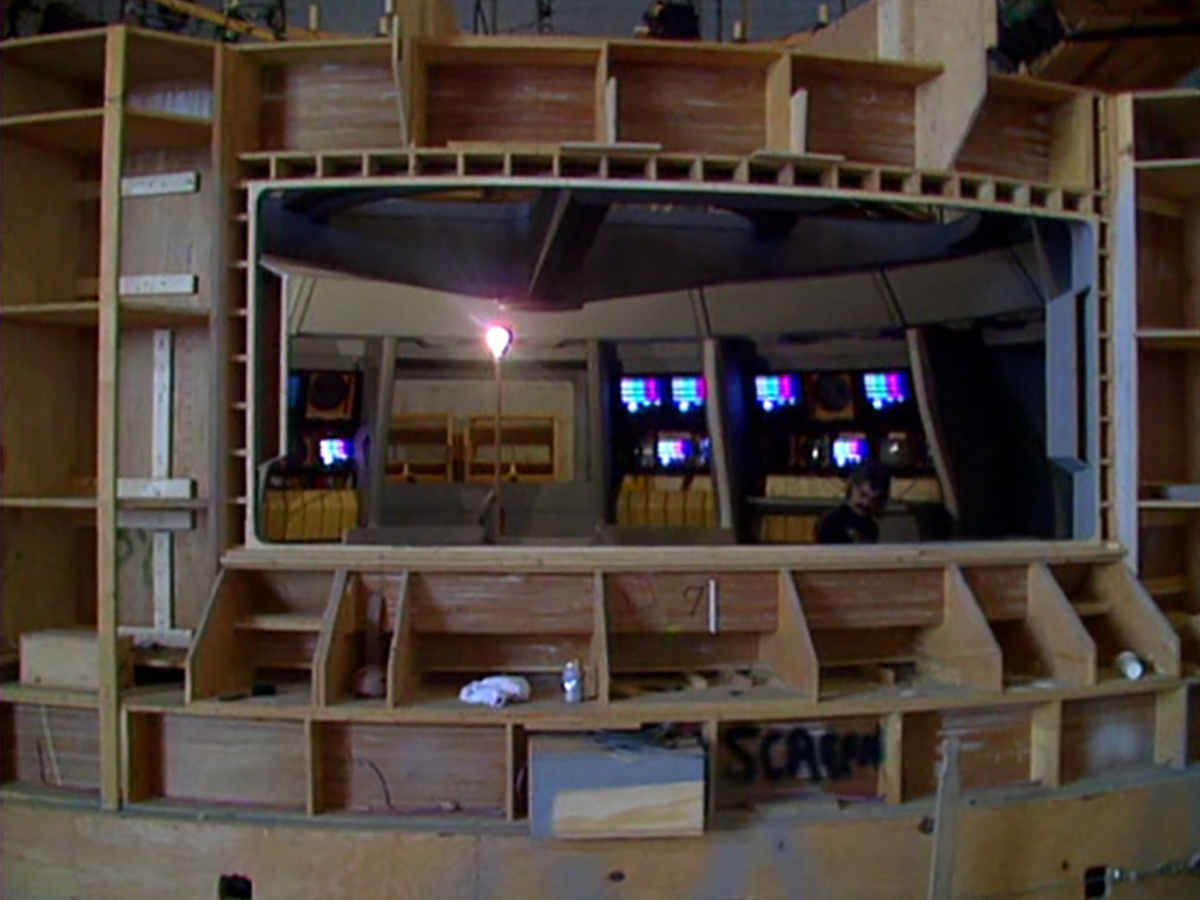
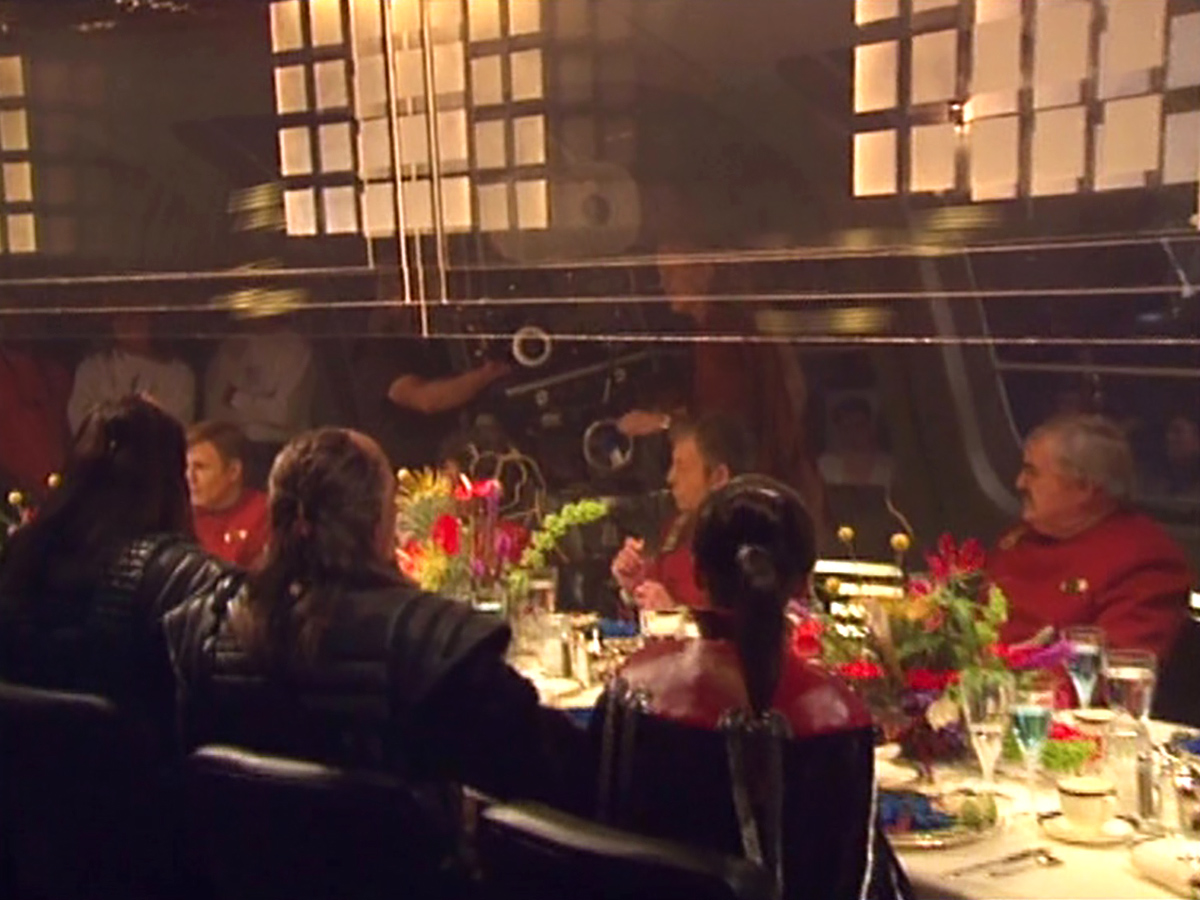
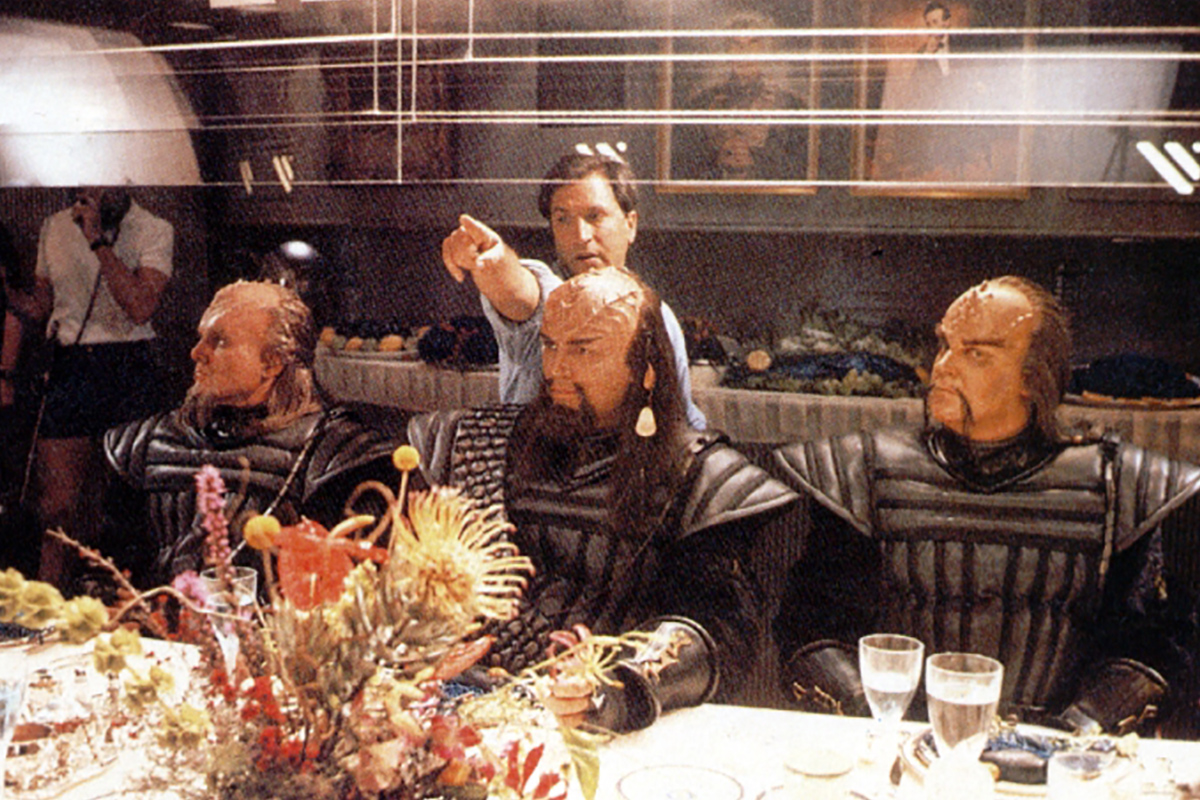
A planned prologue written by Flinn for every one of the seven principal actors was cut.
The scenes demonstrated who those people were and what they did when they weren’t on the Enterprise.
Kirk would have retired from Starfleet, living in San Francisco with Carol Marcus. An inebriated McCoy would have been picked up from a dinner with other physicians. Scotty was lecturing at the Academy. Uhura had a radio show. Chekov was found losing a game of chess to a Betazoid.
The only career change that did make it into the film was Sulu’s captaincy of Excelsior, something George Takei lobbied long and patiently for.
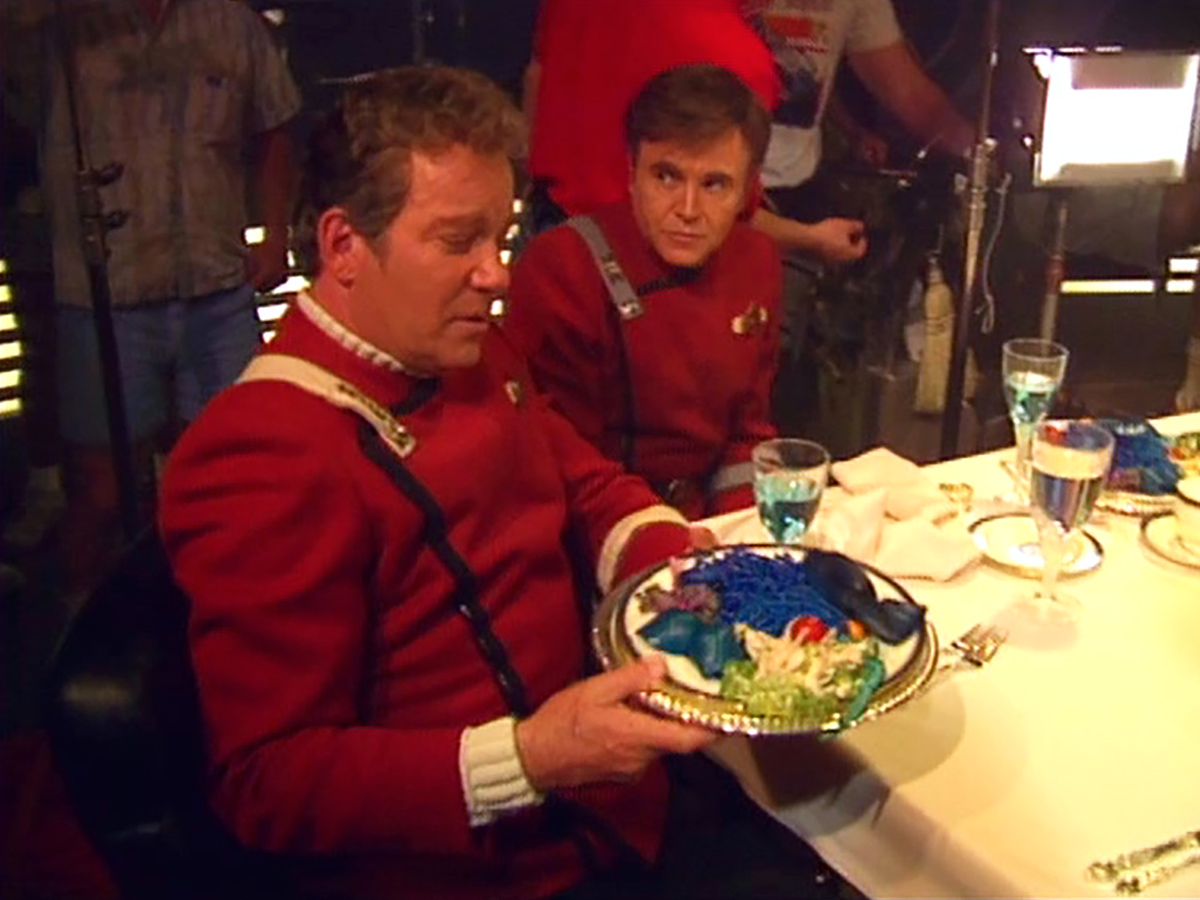
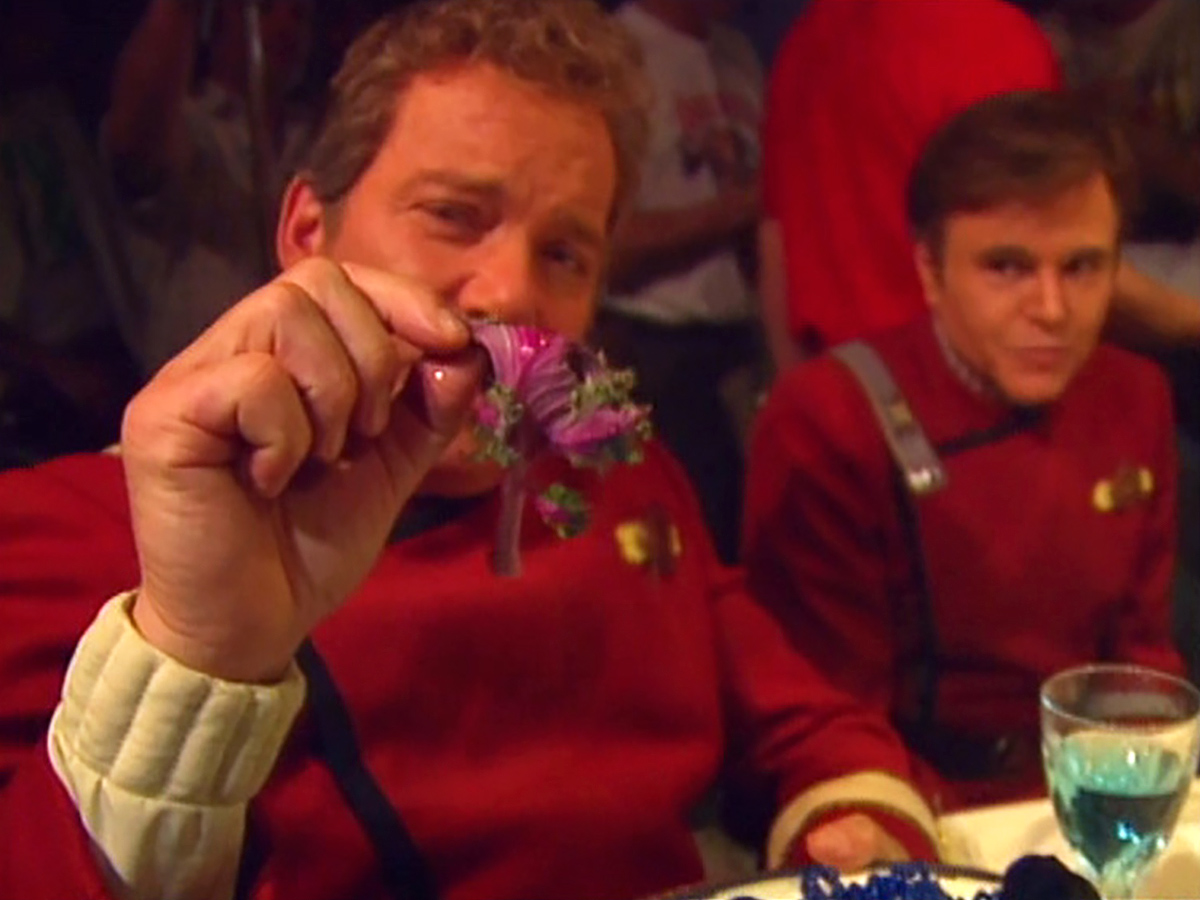
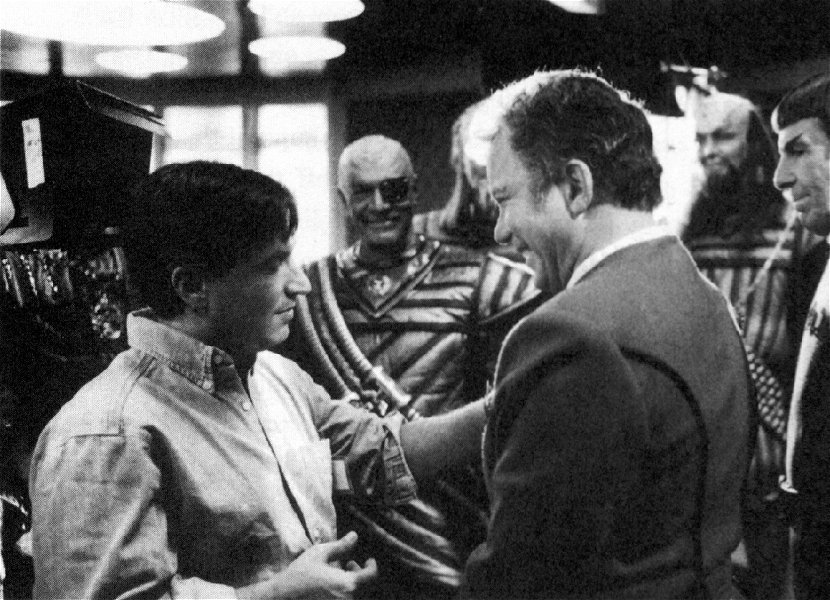
Farewell
Giving all the supporting cast meaningful parts to play wasn’t easy. Producer Ralph Winter told Cinefantastique,
That is the challenge of doing something like this as opposed to doing James Bond or Indiana Jones, where it’s clear there’s only one hero with a lot of supporting character.
Also unlike an original production, the supporting cast in this case had a leg to stand on, said Flinn:
What a writer or a director tries to do is tell the story as effective as possible. But in Star Trek, part of it is that the story is just an episode and you’re adding to the 25 years of lore of these people. The audience wants to know what happened to Uhura and Sulu.

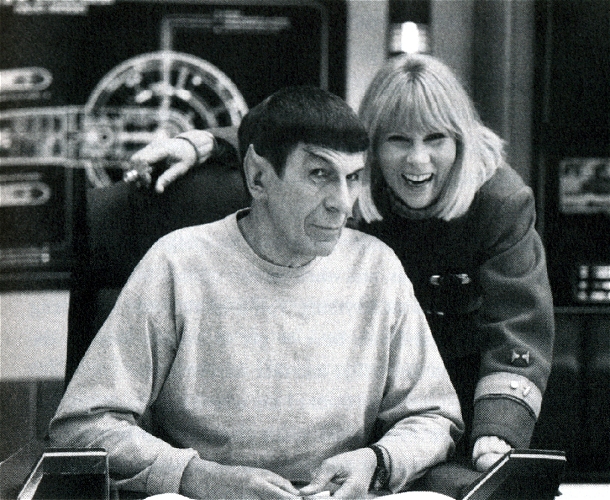
The evocative ending, with the Enterprise disappearing against “the second star on the right and straight on till morning,” followed by the dramatic flourishes of the key actors’ signatures, was clearly intended as a farewell to Star Trek’s first and most famous crew.
But like most farewells in the Star Trek universe, it was not really the end. There would be a Star Trek VII and some of the original cast would be around to make that voyage as well.
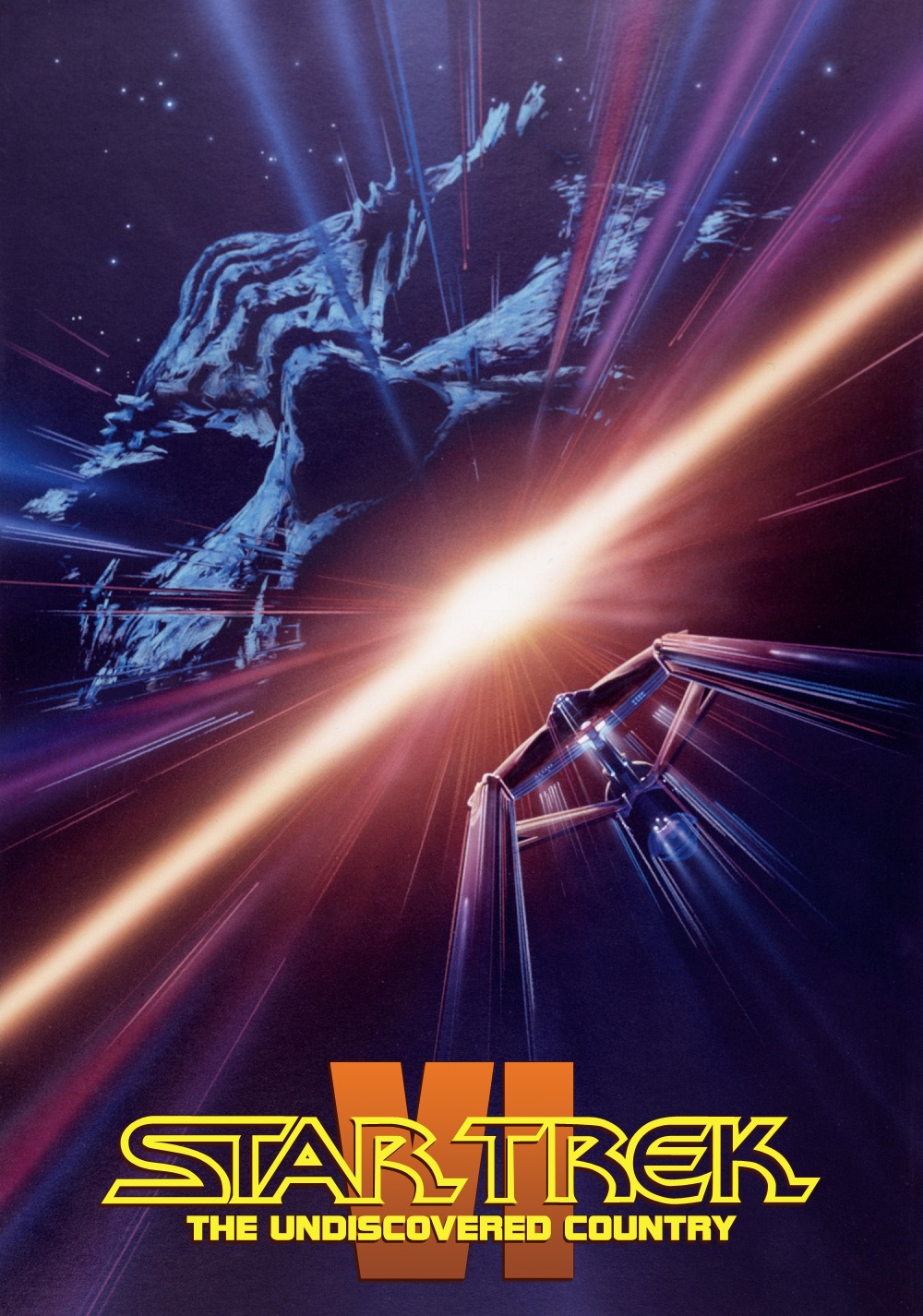
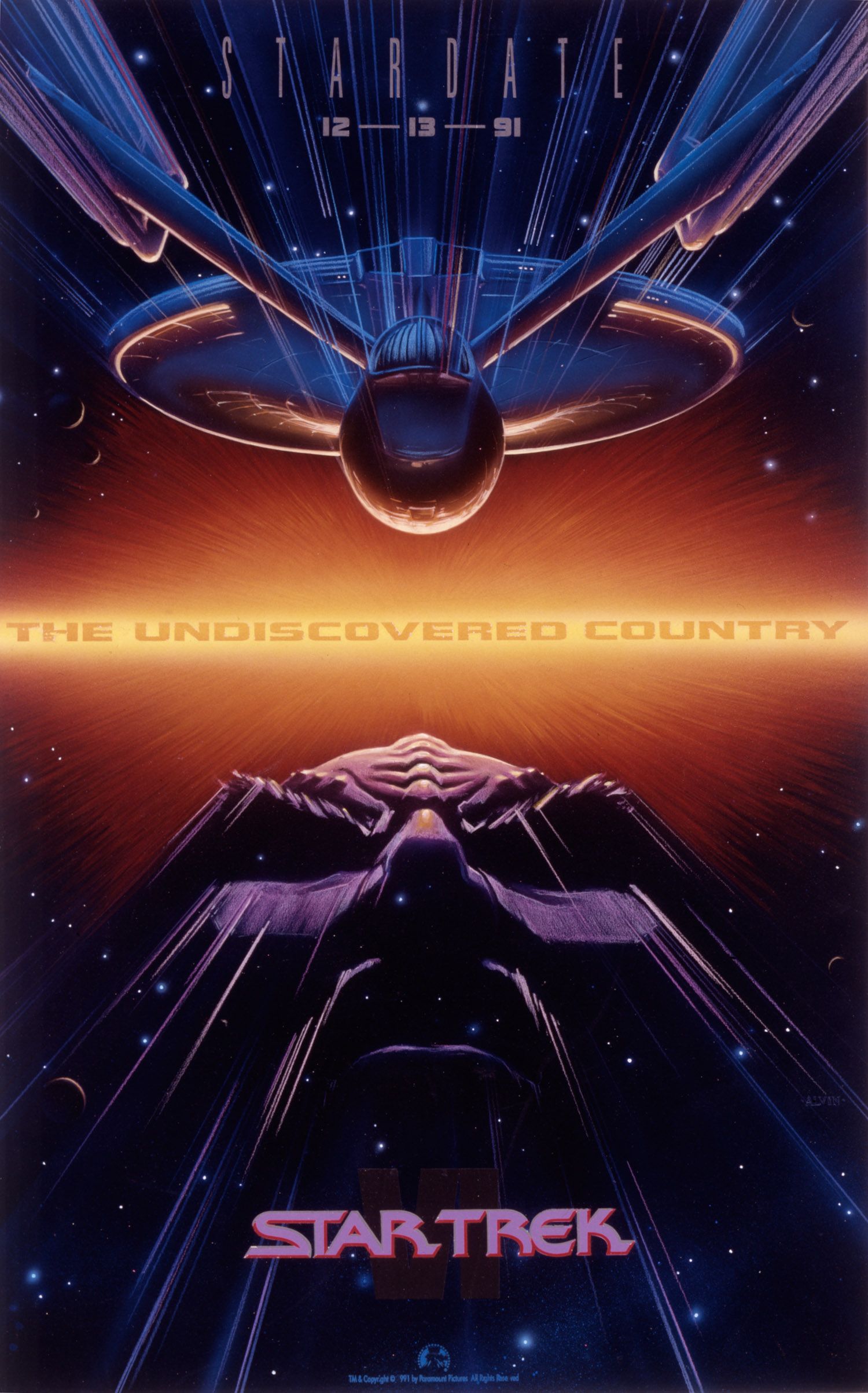

1 comment
Submit comments by email.